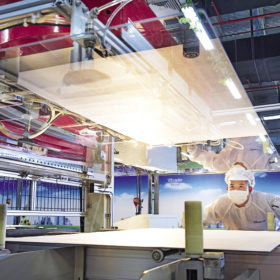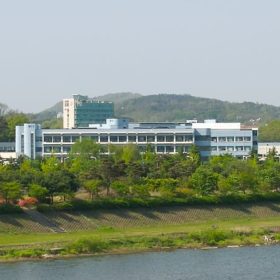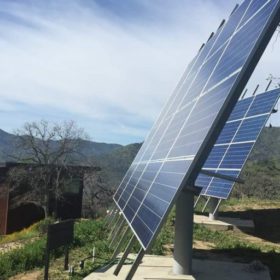Hanwha Q Cells reports lower revenue, swings to loss in Q2
At US$518.4 million, the quarterly turnover of the South Korean-German manufacturer was down 10.3% year-on-year, while its net result swung from a profit of $18.7 million in the second quarter of 2017, to a loss of $41.3 million in the latest quarter. Despite this, the outlook for full fiscal 2018 remains unchanged.
Trump confirms additional 25% tariffs on Chinese cells and modules
While the duties make importing solar from China even more impractical, they are unlikely to have a significant impact on trade flows or on the U.S. market, with Chinese manufacturers outsourcing operations overseas.
Proposal to take Hanwha Q Cells back into private ownership
With Hanwha Solar Holdings already owning 94% of the company, the module manufacturer could soon be a private company again. The Korean solar company says the transaction would cost the holding company around $45 million.
Avancis to restart Korean CIGS fab
The German thin film solar PV manufacturer has said it will restart production at its CIGS facility in South Korea. Annual production, scheduled for H1 2019, will be 100 MW.
South Korea to set new PV construction rules after landslide destroys array
The South Korean government has revealed plans to introduce new environmental guidelines and rules on where PV projects can be built, following a public outcry after a landslide smashed into an operational solar array south of the city of Daegu.
Wärtsilä, Hyundai ink agreement on second-life EV batteries for grid storage – comment
Finnish-based energy-solution provider, Wärtsilä has signed an agreement with automobile producer, Hyundai Motor Group to establish a commercial partnership for the use of second-life electric vehicle (EV) batteries in storage solutions.
Korean researchers propose new material for stable, lead free perovskite
A team of scientists from the Korea Advanced Institute of Science and Technology (KAIST) has proposed a gold-based halide perovskite as a material for high efficiency solar cells, which it says could be both more stable and more environmentally friendly to produce than many existing perovskites which scientists are investigating to boost solar efficiency.
Solar becoming par for the course in Japan
LG’s 56 MW PV park is the group’s largest in Japan and will join the string of energy schemes feeding big data into the conglomerate’s Energy Optimization Center, when it opens this year.
Hanwha Q Cells opening 1.6 GW-plus module assembly facility in the US
The South Korean group will start construction of the factory, in Whitfield County, Georgia, this year, with completion slated for 2019
PV leading the charge to low-emission future says IEA
With 34 of the 38 key technologies needed to hit the Paris Agreement’s best-case scenario falling short, PV and electric vehicles are keeping hopes alive










